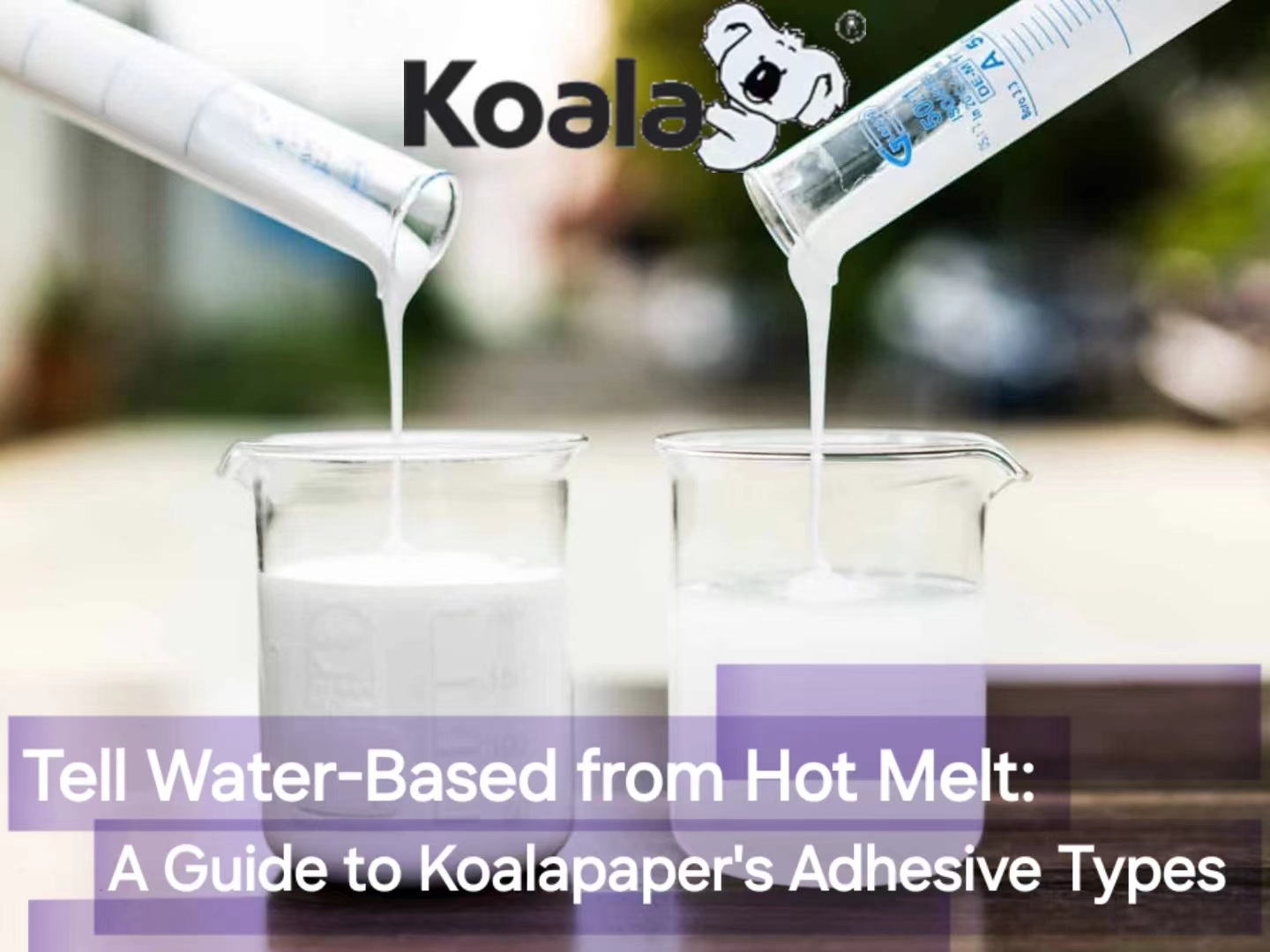Koalapaper offers a variety of label and photo paper products to suit different needs. Two common adhesive types used are water-based and hot melt adhesives. While both provide secure bonding, they have distinct characteristics.
This article provides a handy reference for identifying which adhesive your Koalapaper labels or sheets use. Understanding the differences between water-based and hot melt adhesives can help ensure you select the best option for your specific projects and storage conditions.
We’ll cover the key properties of each adhesive type, from appearance and texture to temperature sensitivity. In addition, we’ll show you an easy way to tell hot melt glue from water glue.
By learning to distinguish these adhesives, you can feel confident your Koalapaper purchases will perform as needed. Let’s take a closer look at the traits that set water-based apart from hot melt bonding.
Water-based Adhesive
● Introduction to Water-based Adhesive
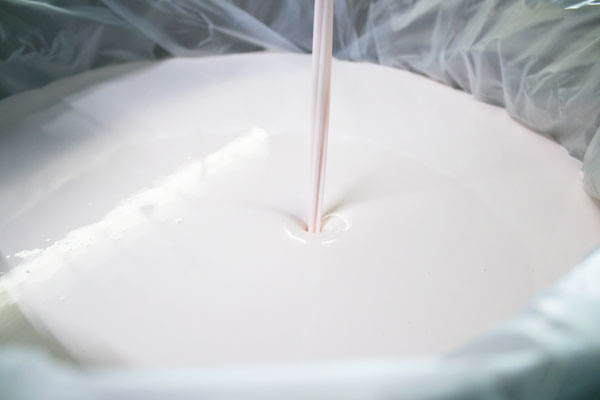
Water-based adhesive, as the name suggests, is an adhesive whose main ingredients are water-based components. It is commonly used in various applications such as mounting photos, scrapbooking, and crafts.
Some key characteristics of water-based adhesive include:
- Easy to use – It has a smooth and thin consistency that makes application simple without creating a messy work area.
- Repositionable – Unlike permanents adhesives, a piece adhered with water-based glue can be easily repositioned or removed without damaging the surfaces. This allows for positioning adjustments.
- Low odor – Water-based adhesive has little to no odor during use. It contains limited or no volatile organic compounds (VOCs) which can cause odors.
- Environmentally friendly – Since the main ingredient is water, it produces fewer emissions and is generally considered more eco-friendly than solvent-based adhesives.
- Great for paper – The adhesive forms a strong, flexible bond with porous materials like paper without damaging the material over time.
- Clean up with water – Spills and residue can be easily removed with just water, without the use of chemical solvents.
- Moderate working time – It allows sufficient time to position pieces precisely before the adhesive fully sets.
● Koalapaper’s Water-based Adhesive for Labels and Photos
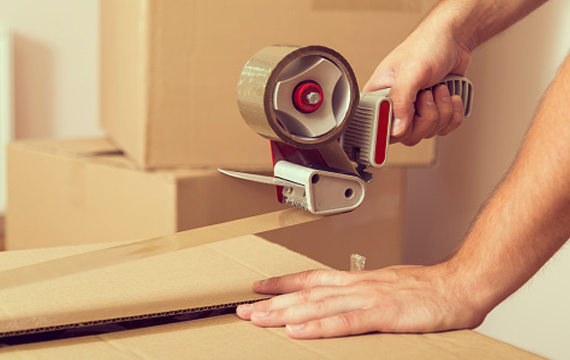
Water-based adhesive, also called cold glue, is a thin transparent layer bonded to the reverse of many Koalapaper items. Due to its composition of water and other solvents, this glue layer remains soft and repositionable even after application. It forms a tactile yet gentle bond that will not damage surfaces over time. Products featuring water-based adhesive are well-suited to applications requiring adjustability, such as scrapbooking pages and light-duty signage. The backing allows positioning shifts during creation and poses no risk to photo papers or artworks if removal is needed.
Its repositionable qualities make water-based the top choice for do-it-yourself craft and decoration projects. Amateurs can feel comfortable cutting templates, letters and shapes without worrying about imperfect placement. Likewise, children’s creations utilizing water-based backed papers are ideally suited for learning and experimenting without fear of mistakes. When the finished project is complete, the soft adhesive coating will hold components in place securely yet gently on walls, windows and more.
Hot Melt Adhesive
● Introduction to Hot Melt Adhesive
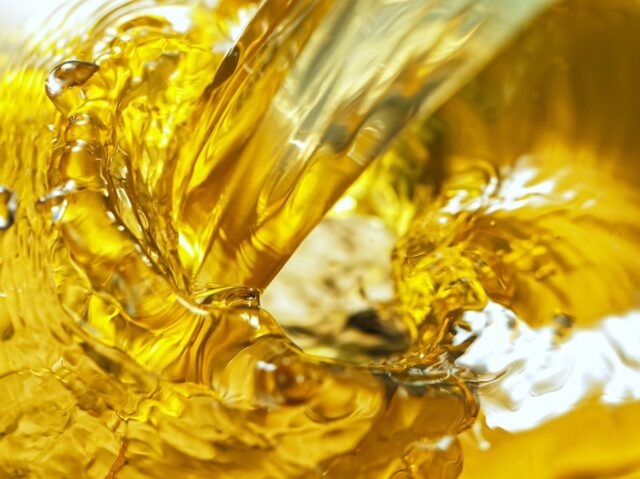
Hot melt adhesive, sometimes called heat-set or thermoplastic adhesive, is a type of adhesive that is applied in a molten or liquid state and then sets upon cooling. Some key aspects of hot melt adhesive include:
Immediate bonding strength – It bonds immediately to substrates upon application and sets within seconds due to its fast-melting formula.
Permanence – Once set, the bond formed is generally permanent and very difficult to detach without heat reapplication.
Withstands impacts – The strong yet flexible bonds of hot melt withstand substantial impacts, vibration, and stress loads.
Temperature resistant – It maintains bond strength through wide temperature variations, both hot and cold.
Works on many materials – In addition to paper and board, it can bond plastics, metals, wood, and other porous/non-porous surfaces.
Made from synthetic resins – Formulas are based on thermoplastic polymers like ethylene-vinyl acetate that melt upon heating.
Applied in molten form – It is applied using hot melt guns, applicators, or glue pots at temperatures between 180–200°F.
Clean equipment with solvents – Glue pots and guns require cleaning with solvents like acetone when changing glue types.
● Koalapaper’s Hot Melt Adhesive for Labels and Photos
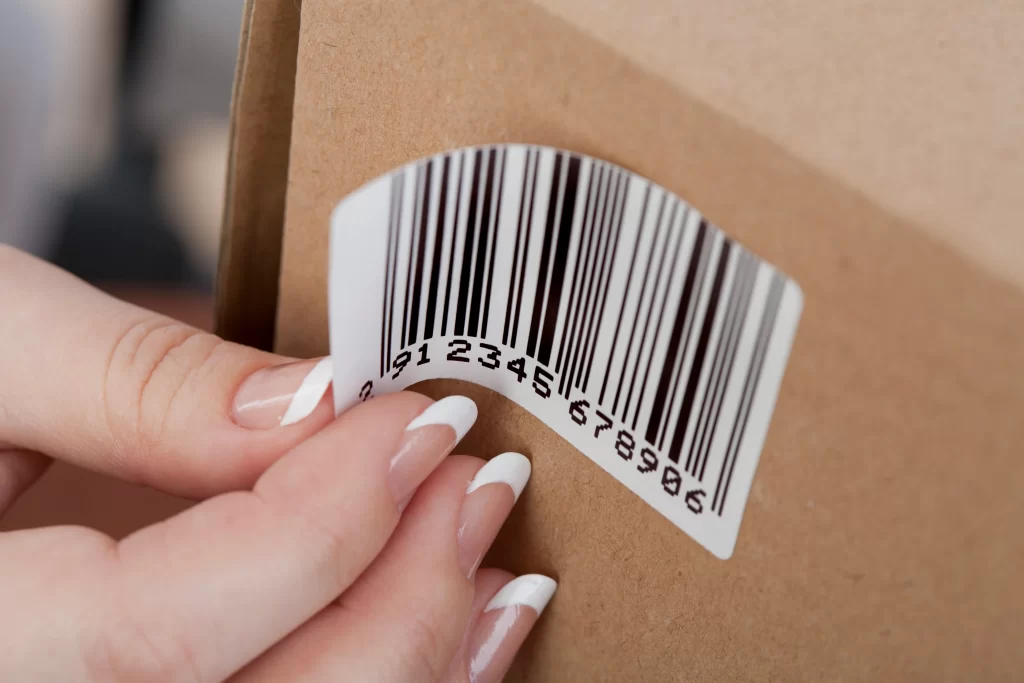
On the reverse of other Koalapaper assortments is a layer of hot melt adhesive. As the name suggests, this thermoplastic glue is applied in a molten liquid state then sets firmly as it cools. Offering immediate tack and bond strength, hot melt allows for easy yet permanent attachment to virtually any surface straight from the roll. Its non-porous bonding handles weathering outdoors as well long-term displays. Koalapaper labels with a hot melt backing are typically used for durable identification and commercial signage.
Identifying Koalapaper’s Products’ Adhesive Types
With two predominant adhesive options available, how can you determine which backing type a particular Koalapaper product utilizes? Let’s explore some important distinguishing characteristics between our water-based and hot melt offerings.
Appearance: Water-based adhesive displays as a smooth, clear film while hot melt will appear more opaque with subtle coloration. Even on very light colored paper, the thermoplastic quality of hot melt is discernible to the naked eye.
Texture: Run your finger gently across the lower third of a sample. Water-based feels pliant and slightly tacky like glossy tape. Hot melt has more rigidity with a discreet rubbery or plastic-like quality to the touch.
Flexibility: Hold a corner of the paper down and bend the remainder back gently. Water-based adhesive sheets will roll into a pliable curve while hot melt holds a stiff crease.
Temperature Resistance: Wave a sample slowly back and forth several inches above an illuminated device like a cell phone screen. Water-based backed sheets may soften and droop slightly from generated heat waves. Hot melt counterparts stay firmly fixed without distortion.
Adhesion Testing: Carefully peel up one lower corner of the paper about 1/4 inch from any surfaces. Water-based lifts away smoothly like cellophane leaving no residue. Hot melt separation requires more forceful tearing and may leave stringy adhesive strands behind.
Durability: Fold a small sample in half then back on itself tightly 5-10 times. Water-based creased areas may split over multiple flexes while hot melt weathers wrinkling without damage to the bond or paper.
We hope these identification tips prove valuable when differentiating Koalapaper’s adhesive types. As always, feel free to contact us directly should any other questions arise when choosing materials. Our experts are here to ensure finding the perfect paper solution.
How to Choose the Right Adhesive Type for Koalapaper Labels and Photo Papers?
When choosing Koalapaper products for your crafts and projects, the adhesive backing is an important consideration. Both water-based and hot melt options have their advantages, so evaluating your specific needs will help determine the best choice.
For applications that require repositionability, such as scrapbooking layouts, water-based adhesives are highly recommended. The ability to move and adjust photo or paper placement is easier with its removable yet strong bond. If a more permanent placement is desired, hotmelt offers an instant bond that will not peel or shift over time.
The material you are applying the label or photo paper to will also influence your decision. Water-based works well on porous surfaces such as paper, but may not adhere effectively to smooth plastics. Hot melt will adhere securely to a variety of materials, from wood to metal.
Consider the environment in which the finished project will be displayed. Water-based adhesives maintain their adhesion indoors, away from moisture. But hot melt can withstand moisture and won’t weaken from the occasional splash of water in the bathroom or kitchen.
For outdoor applications, hot melt is usually preferable as its bond is UV and weather resistant. Water-based adhesives can be affected by prolonged exposure to sunlight.
Think about how quickly you need parts to stick. Hot melt bonds instantly for fast production needs. But water-based allows plenty of time to carefully align elements before the adhesive sets.
Choosing the right Koalapaper range depends on evaluating your specific requirements. Consider application details such as material, placement adjustments and display conditions to ensure you choose the most effective adhesive for long-lasting results. If you have any further questions, please contact our experts.
